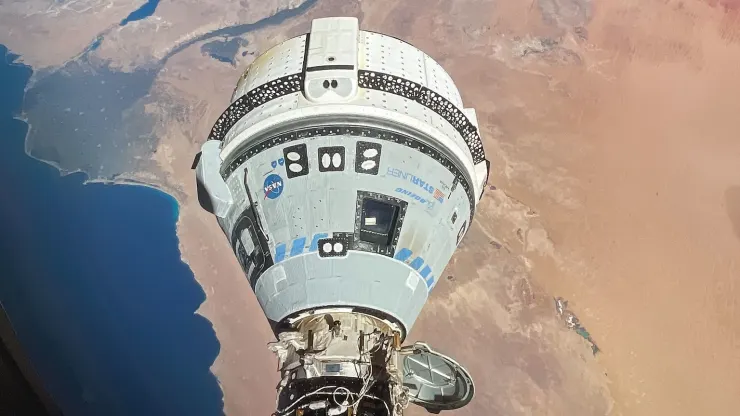NASA and Boeing announced an extension of the Starliner capsule’s first crewed flight, delaying its return to Earth to conduct additional testing. The Starliner capsule, named “Calypso,” will remain at the International Space Station (ISS) into next month while new tests are performed on the ground. This crew flight test marks the first time Starliner is carrying astronauts, with NASA’s Butch Wilmore and Suni Williams aboard.
The extended stay at the ISS is to facilitate a thorough test campaign of the spacecraft’s thruster technology at White Sands, New Mexico. NASA’s Commercial Crew manager, Steve Stich, explained that the tests aim to replicate inflight conditions as closely as possible. “We think the testing could take a couple of weeks,” Stich said, emphasizing the importance of accurate ground-based simulations.
Originally, Boeing and NASA planned for Starliner to remain in space for nine days after its June 5 launch. As of now, the flight has extended to 24 days and counting. Despite the extended mission, officials assure that Starliner is safe to return to Earth at any point if necessary. The delay is purely for data collection regarding the spacecraft’s thruster performance.
“I want to make it very clear that Butch and Suni are not stranded in space,” Stich reassured. This crew flight test is a critical step before NASA can certify Boeing to fly crew on regular six-month missions. However, similar to its previous uncrewed missions, Starliner is encountering issues that require thorough examination.
While SpaceX’s Dragon has completed 12 crewed trips to the ISS over the past four years, Starliner has faced multiple setbacks, positioning it as a backup option for NASA. The agency plans to alternate astronaut flights between SpaceX and Boeing. The current testing aims to address thruster issues observed as Starliner approached the ISS. The goal is to ensure there are no anomalies in the thruster’s performance.
Ground tests at White Sands are scheduled to start as early as Tuesday. “This will be the real opportunity to examine the thruster, just like we’ve had in space, with on-the-ground detailed inspection,” Stich stated. Final plans for landing will be made after the completion of these tests.
Officials reiterated their confidence in the Starliner’s safety, noting that delaying the return to Earth is an elective measure for further study, not a necessary action to rectify a critical issue. “We’re not stuck on ISS. The crew is not in any danger, and there’s no increased risk when we decide to bring Suni and Butch back to Earth,” affirmed Mark Nappi, Vice President of Boeing’s Starliner program.
This extension underscores NASA and Boeing’s commitment to ensuring the Starliner’s reliability and performance before proceeding with regular operational missions.
READ MORE:
